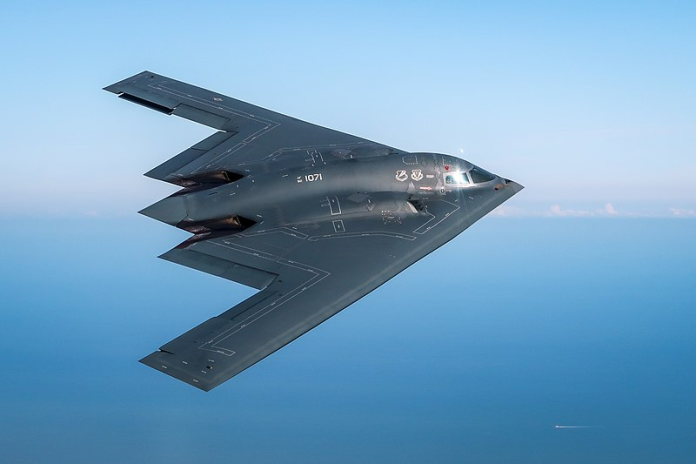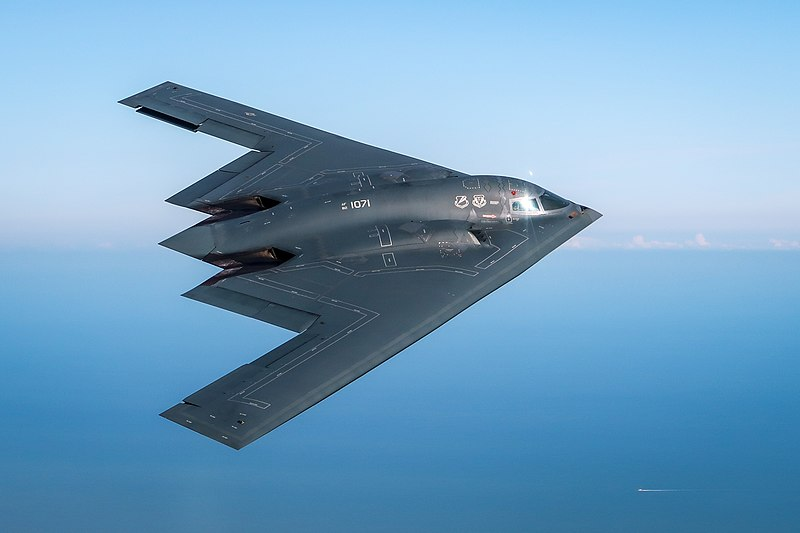
It was formerly known as “Top Cover for North America,” a euphemism born of Cold War necessity. Today, Joint Base Elmendorf-Richardson (JBER) in Anchorage, Alaska, will welcome a summit meeting between U.S. President Donald Trump and Russian President Vladimir Putin a location immersed in decades of Cold War vigilance against the very country Putin rules.
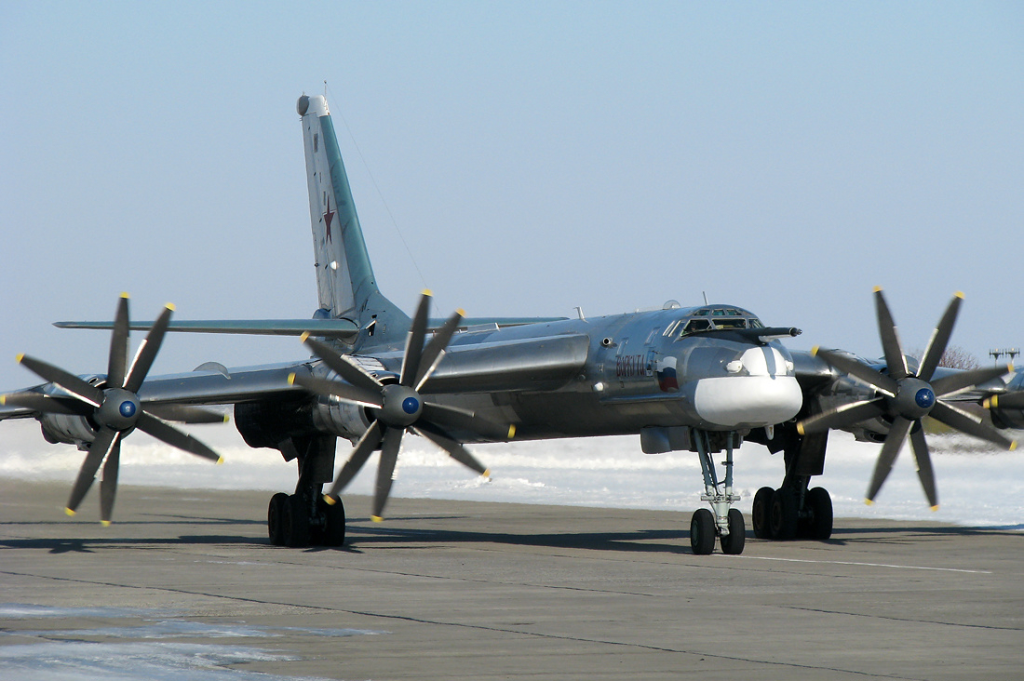
1. A Cold War Sentinel
Constructed in 1940 and subsequently consolidated from Elmendorf Air Force Base and Fort Richardson, JBER became a key in the United States’ northern defense chain. In the Cold War, it was an intercept hub as well as a command center for early warning radar systems searching for Soviet bombers or missile launches. Its position only 4.8 kilometers from Russian shores over the Bering Strait provided it with unrivaled proximity to detect polar approaches, over which Soviet Tu-95 “Bear” bombers could traverse the Arctic ice toward North America.
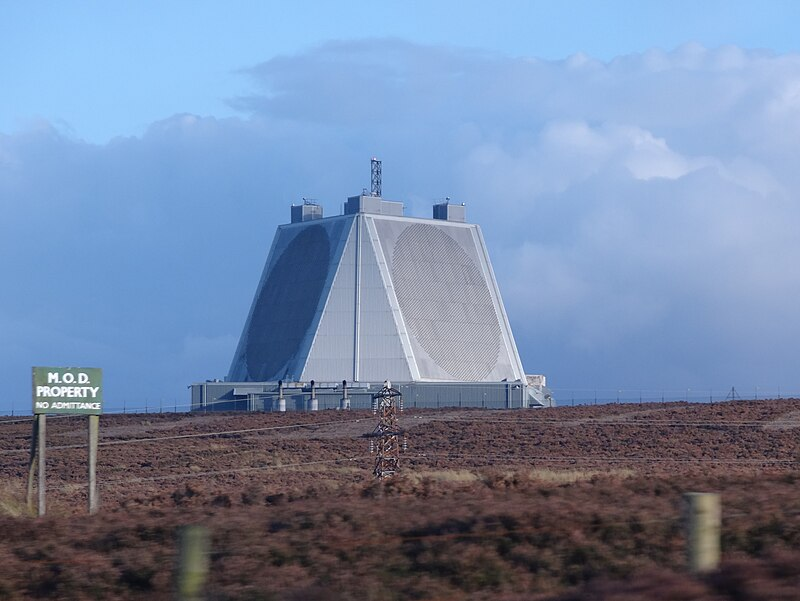
2. The Development of Early Warning
The purpose of the base was attached to a huge radar umbrella that started with the Pinetree Line, Mid-Canada Line, and the Distant Early Warning (DEW) Line, then eventually replaced by the North Warning System. These fixed sites were augmented by the Ballistic Missile Early Warning System (BMEWS) and airborne platforms like the E-3 Sentry AWACS. The technology evolved from World War II’s SCR-270 radars to phased-array systems capable of tracking multiple high-speed targets over thousands of miles, providing precious minutes for interceptor launches.
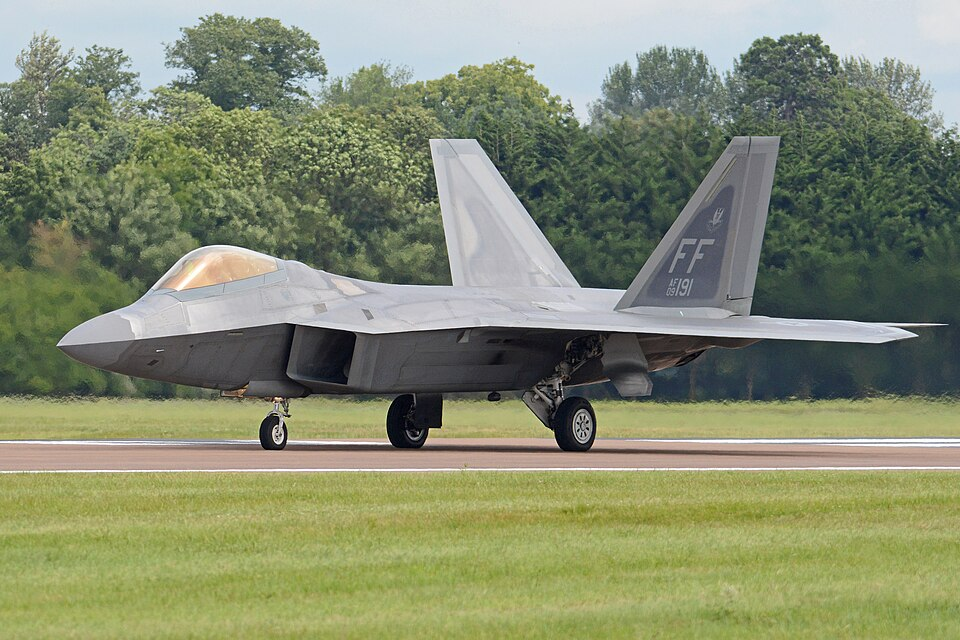
3. The F-22 Raptor’s Watch
Now home to squadrons of F-22 Raptor stealth fighters, the most cutting-edge air superiority fighter in the U.S. inventory, JBER provides advanced radar, electronic support systems, and supercruise capability with its AN/APG-77 AESA radar, AN/ALR-94 electronic support suite, and supercruise power. The F-22, its Increment 3.2B upgrade inclusive of the AIM-9X Sidewinder for added close-range lethality, detects and engages threats prior to being detected. Raptors deployed from JBER have intercepted Russian aircraft time and again oftentimes Tu-95 bombers defended by Su-35S Flanker-E fighters heading towards the Alaskan Air Defense Identification Zone.

4. Russian Probing Flights
Such intercepts have become more frequent since Russia took Crimea in 2014. In a particularly noteworthy instance, F-22s intercepted Su-35S fighters Russia’s finest operational aircraft covering bombers just 50 miles from Alaska. The Su-35S features thrust-vectoring engines, Irbis-E PESA radar, and infrared search-and-track systems intended to detect stealth aircraft. And yet U.S. pilots frequently fly intercepts with external fuel tanks and radar reflectors that conceal the F-22’s real radar cross-section, while collecting electronic intelligence on Russian emissions.

5. The Geopolitical Stage
The Trump-Putin sit-down at JBER holds symbolic significance. The base represents decades of American preparedness to meet Russian military action, but it will now be used as a stage for Ukrainian negotiations a conflict whose core involves Russia’s aggressive territorial claims. European policymakers, including French President Emmanuel Macron, have expressed worry that an exclusive bilateral may produce concessions benefiting Moscow, including land-for-peace deals rejected outright by Ukraine.
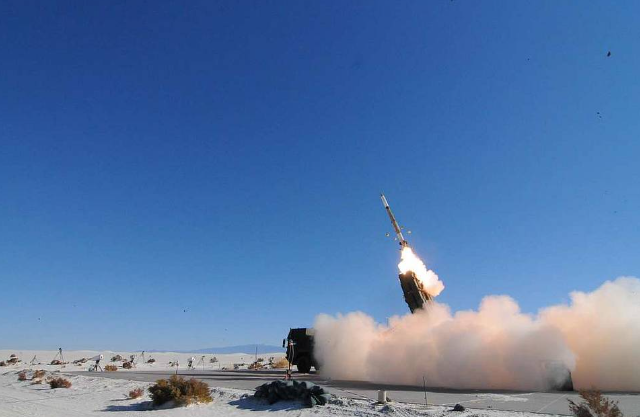
6. False Alarm Lessons
Cold War hair-trigger surroundings were both technologically and judgmentally created. Episodes such as the 1983 Soviet Oko false alarm when officer Stanislav Petrov refused to alert on what seemed to be an American missile launch highlight the dangers of early warning reliability. Radar and command system improvements since then seek to minimize such risks, yet the human factor is essential in assessing uncertain information.
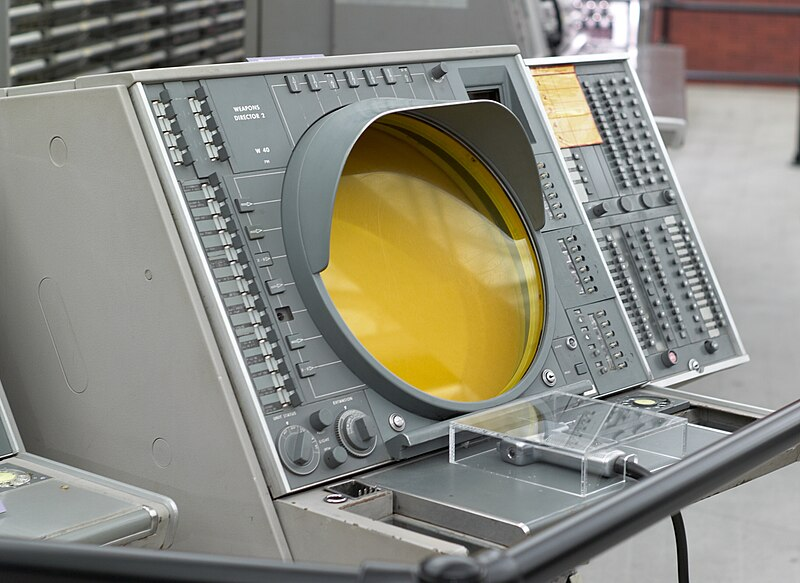
7. From SAGE to Contemporary Command Networks
During the 1950s, the Semi-Automatic Ground Environment (SAGE) network connected radar stations to command centers through gigantic AN/FSQ-7 computers, vectoring interceptors against threats. The systems used today merge space-based sensors, over-the-horizon radars, and secure data links, allowing NORAD to coordinate responses among U.S. and Canadian forces in real time. JBER’s operations center is one of the nodes in this web of continental defense.
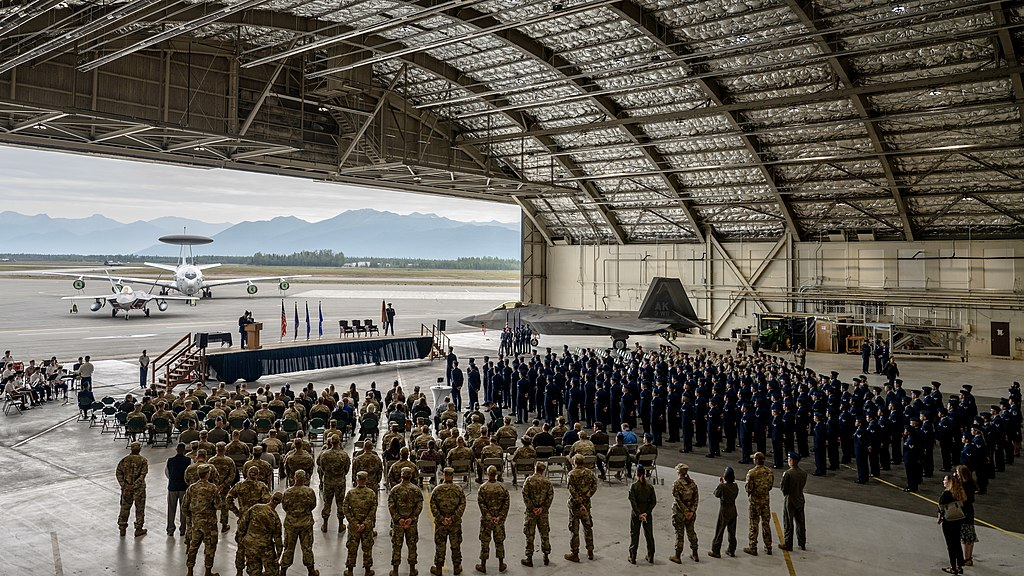
8. Enduring Strategic Relevance
Even as threats to bombers have turned to missile and cyber realms, the Arctic remains a lane for Russian long-range airpower. Climate change is bringing new shipping lanes, enhancing the area’s strategic and economic importance. JBER’s runways, hangars, and radar systems are poised for instant response, to intercept an incoming airplane or to extend U.S. influence into the Pacific and Arctic theaters.

The Trump-Putin sit-down will take place in an area where the roar of jet engines and the sweep of radar dishes have been the background noise of watchfulness for years a reminder that behind the diplomacy is a foundation of military preparedness, built in the forge of Cold War technology and maintained on the bleeding edge of aerospace tech.
